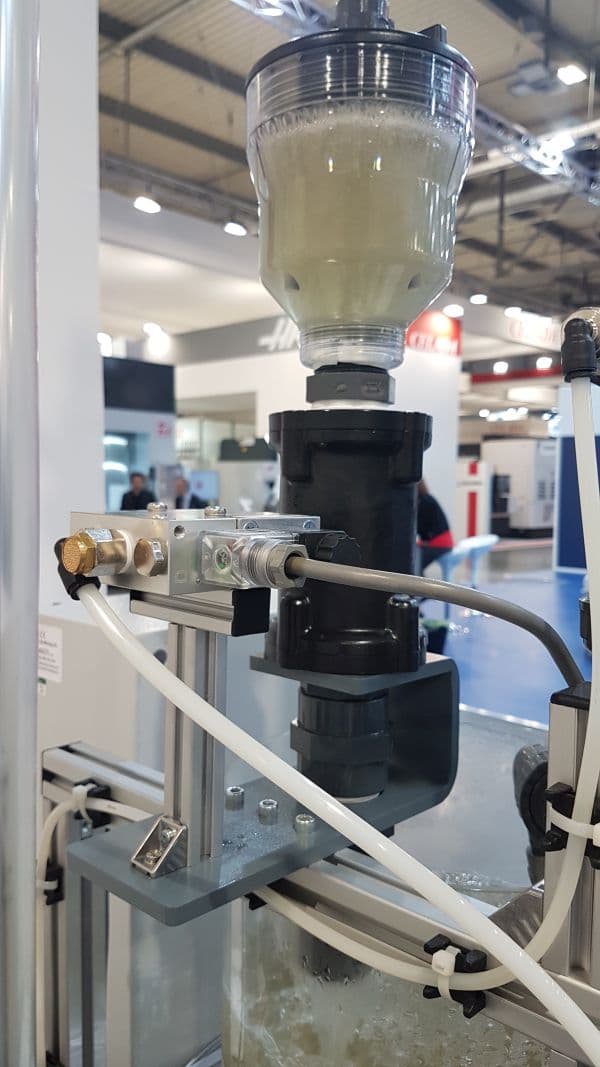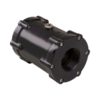An aeration company developing the sustainable and energy-efficient effective use of microbubbles in aeration, mixing, separation, and change of state technologies are very happy with their use of the AKO air operated Pinch Valves.
The company initially used air operated ball valves to vent the base ports of their hydrocyclone sludge pods, but found them unsatisfactory and switched over to the AKO pinch valves which are proving “very good indeed”. – Peter, Managing Director.




